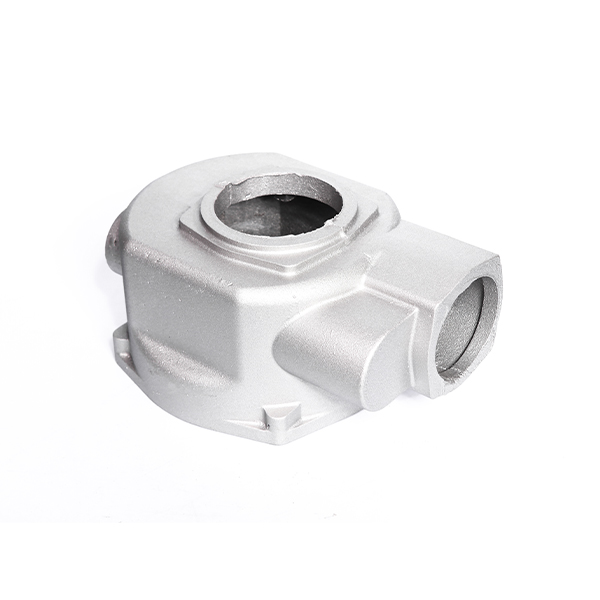Mobile:+86-311-808-126-83
Email:info@ydcastings.com
English
pump impeller casing
The Importance of Pump Impeller and Casing in Fluid Dynamics
In the world of fluid dynamics, pumps play a critical role in the transportation of liquids from one point to another. Within this complex system, the impeller and casing are two of the most vital components, each serving specific functions that contribute to the overall efficiency and effectiveness of a pump. Understanding the intricacies of these components offers insights into their design, operation, and significance in various applications.
The Role of the Impeller
The impeller is the heart of a pump. It is a rotating component that transfers energy to the fluid, drawing it into the pump and converting mechanical energy from the motor into hydraulic energy. The design of the impeller typically varies depending on the type of pump and the specific application. Common designs include closed, open, and semi-open impellers, each offering different advantages.
Closed impellers, for instance, have a shroud on both sides, which helps in maintaining a higher efficiency and better performance at various flow rates. On the other hand, open impellers are less efficient but are ideal for transporting fluids with large solids or other particulates, making them suitable for wastewater applications. The choice of impeller design significantly affects not only the pump’s efficiency but also its lifespan and maintenance requirements.
The Function of the Casing
Complementing the impeller, the casing encloses the impeller and directs the flow of fluid. It serves as a conduit for the fluid entering and exiting the pump, and its design ensures that the energy imparted by the impeller is efficiently transformed into pressure energy. The casing's geometry is crucial; it must minimize turbulence and pressure losses while maintaining structural integrity under varying operational conditions.
Casing design varies widely depending on the pump type. For centrifugal pumps, the casing often features volute or diffuser types. A volute casing progressively increases the cross-sectional area of the flow passage, which helps convert the velocity of the fluid into pressure as it exits the pump. Conversely, a diffuser casing employs stationary vanes to enhance the pressure conversion process, which can lead to improved efficiency in some applications.
pump impeller casing

Interplay Between Impeller and Casing
The interaction between the impeller and casing is fundamental to a pump's performance. An optimal match ensures smooth fluid flow and maximizes energy transfer. Misalignment or improper sizing can lead to issues such as cavitation, excessive vibration, and reduced efficiency. Cavitation occurs when vapor bubbles form in the fluid due to a drop in pressure, which can severely damage the impeller and casing over time. Therefore, manufacturers must meticulously assess hydraulic design parameters to mitigate these risks.
Applications and Material Selection
Pumps with tailored impeller and casing designs find use in a multitude of industries, from water treatment and chemical processing to oil and gas extraction. Material selection for these components is crucial as well; common materials include stainless steel, bronze, and various polymers, each chosen based on the fluid's properties and operational environment.
For instance, a pump handling corrosive fluids may require a casing and impeller made of specialized alloys to prevent deterioration. Additionally, the manufacturing processes—such as casting, forging, and machining—are integral to ensuring the precision and durability of these components.
Conclusion
In summary, the impeller and casing of a pump are integral parts that significantly influence its performance and efficiency. Understanding their roles, the importance of their design, and the necessity for proper materials is essential for optimizing pump operations across various applications. As technology advances, innovations in impeller and casing designs continue to enhance pump performance, illustrating the lasting significance of these key components in the field of fluid dynamics.











